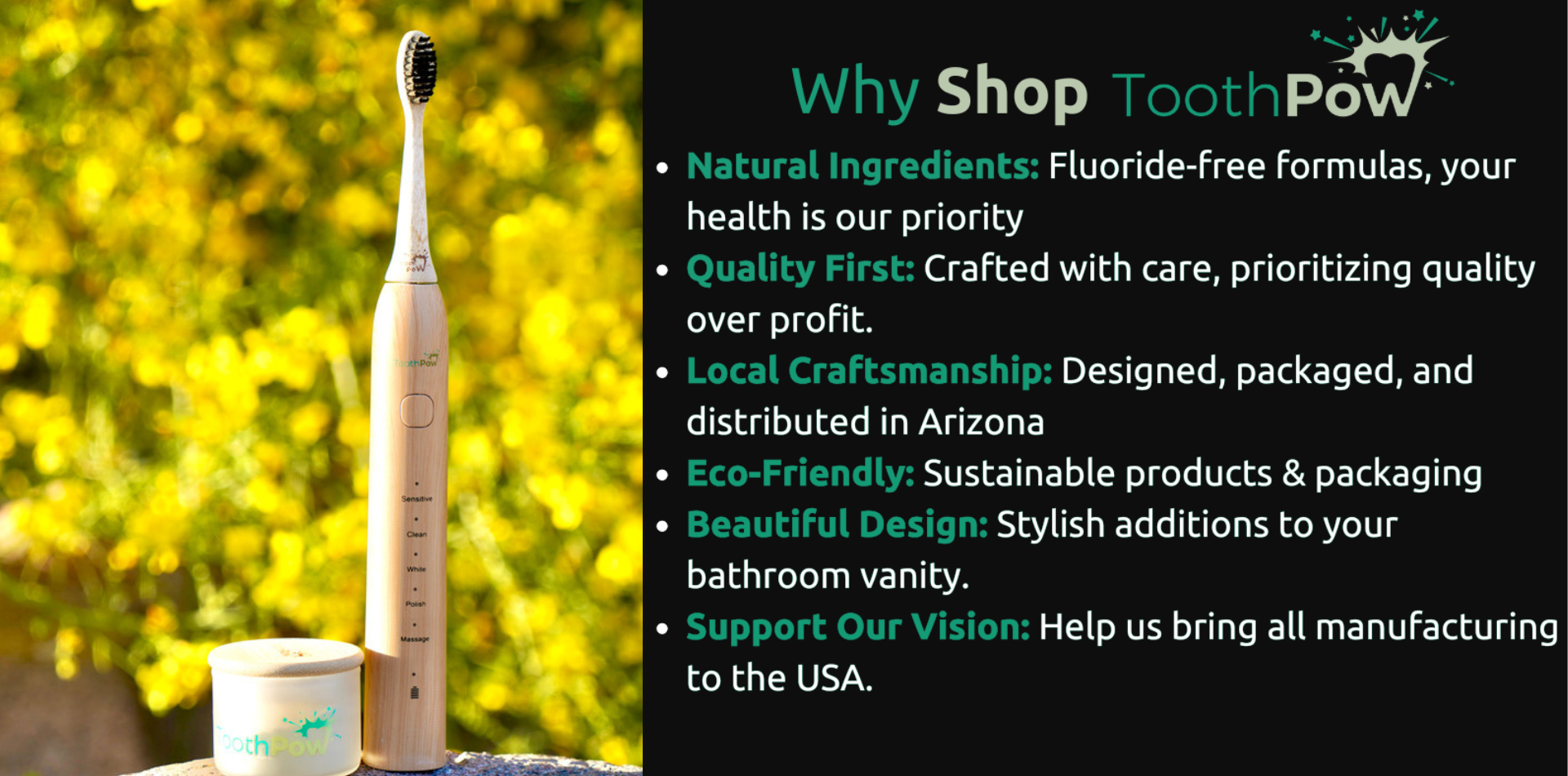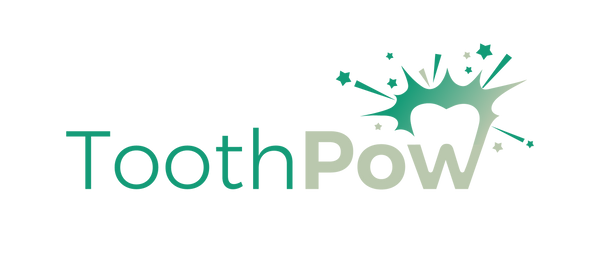Introduction
The debate between manual and electric toothbrushes has been ongoing for years. While some people swear by their trusty manual toothbrushes, others tout the benefits of electric toothbrushes for superior oral hygiene. With a variety of options available on the market, it can be challenging to determine which type of toothbrush is the best choice for you. This article explores whether an electric toothbrush is the better choice for maintaining optimal oral health.
Understanding the Basics
Manual Toothbrushes
Manual toothbrushes have been around for centuries and remain a popular choice due to their simplicity and effectiveness. They come in various shapes, sizes, and bristle types, allowing users to find a brush that suits their preferences and needs. A manual toothbrush requires the user to manually move the brush in a circular motion to clean teeth and gums.
Electric Toothbrushes
Electric toothbrushes, on the other hand, have gained popularity in recent years due to their advanced technology and ease of use. These toothbrushes use electric power to move the bristles rapidly, either in a back-and-forth motion or a circular motion, depending on the type. Electric toothbrushes often come with additional features such as timers, pressure sensors, and various brushing modes to enhance the brushing experience.
Benefits of Electric Toothbrushes
Superior Plaque Removal
One of the most significant advantages of electric toothbrushes is their ability to remove plaque more effectively than manual toothbrushes. Several studies have shown that electric toothbrushes can remove up to 21% more plaque than manual brushes. This superior plaque removal helps to prevent cavities, gum disease, and other dental issues.
Ease of Use
Electric toothbrushes are designed to be user-friendly, making it easier for individuals to maintain proper brushing techniques. Features such as built-in timers ensure that users brush for the recommended two minutes, while pressure sensors prevent users from brushing too hard, which can damage gums and enamel. These features help users achieve a thorough and gentle clean with minimal effort.
Better for Individuals with Limited Mobility
Electric toothbrushes are an excellent option for people with limited mobility, such as those with arthritis or other conditions that affect dexterity. The powered bristles do most of the work, reducing the need for manual brushing motions. This makes it easier for individuals with mobility issues to maintain good oral hygiene.
Enhanced Oral Health Outcomes
Using an electric toothbrush can lead to better oral health outcomes, including reduced gingivitis and gum disease. The combination of superior plaque removal and ease of use helps users achieve a more effective and consistent cleaning routine. As a result, many dental professionals recommend electric toothbrushes for their patients.
Benefits of Manual Toothbrushes
Cost-Effective
Manual toothbrushes are generally more affordable than electric toothbrushes, making them an attractive option for those on a budget. While electric toothbrushes require an initial investment and periodic replacement of brush heads, manual toothbrushes can be replaced cheaply and frequently.
Accessibility
Manual toothbrushes are widely available and easy to use. They do not require charging or batteries, making them a convenient option for travel and everyday use. Additionally, manual toothbrushes come in a wide range of options, allowing users to find the perfect brush for their needs.
Variety of Options
Manual toothbrushes offer a variety of bristle types, handle designs, and sizes. Whether you prefer soft, medium, or hard bristles, or need a toothbrush with a particular handle design for better grip, there is a manual toothbrush to suit your preferences. This variety allows users to customize their brushing experience.
Comparing Electric Toothbrush Features
Types of Electric Toothbrushes
Electric toothbrushes come in two main types: sonic and oscillating-rotating. Sonic toothbrushes use high-frequency vibrations to clean teeth, while oscillating-rotating toothbrushes use a circular motion to remove plaque. Both types are effective, but some users may prefer one type over the other based on their personal preferences and dental needs.
Smart Features
Many modern electric toothbrushes come with smart features such as Bluetooth connectivity, apps, and smart sensors. These features can provide real-time feedback on brushing habits, track brushing frequency and duration, and even offer personalized brushing recommendations. Smart features can help users improve their oral hygiene routine and achieve better results.
Battery Life and Charging
Electric toothbrushes vary in their battery life and charging options. Some models offer long battery life, lasting several weeks on a single charge, while others may need to be charged more frequently. Consider the battery life and charging options when choosing an electric toothbrush to ensure it meets your needs and lifestyle.

Considerations for Different Users
Children
Electric toothbrushes can be particularly beneficial for children. The fun, vibrating bristles can make brushing more enjoyable and encourage kids to brush for the recommended time. Some electric toothbrushes are specifically designed for children, featuring smaller brush heads, gentle bristles, and kid-friendly designs.
Adults
For adults, electric toothbrushes can target specific dental needs, such as sensitivity, whitening, or gum care. Many electric toothbrushes come with multiple brushing modes, allowing users to customize their brushing experience based on their individual needs. This versatility makes electric toothbrushes a valuable tool for maintaining optimal oral health.
Elderly
Elderly individuals may find electric toothbrushes easier to use due to their limited mobility. The automated brushing action reduces the effort required to clean teeth thoroughly, making it easier for seniors to maintain good oral hygiene. Additionally, the gentle brushing modes can help protect delicate gums and enamel.
Environmental Impact
Electric Toothbrush Waste
Electric toothbrushes generate electronic waste, including batteries and plastic components. The disposal of these materials can have a negative impact on the environment if not handled properly. However, many manufacturers are working to create more eco-friendly electric toothbrushes with recyclable or biodegradable components.
Manual Toothbrush Waste
Manual toothbrushes contribute to plastic waste, as they need to be replaced every few months. To mitigate this environmental impact, consider using toothbrushes made from sustainable materials, such as bamboo, or recycling programs that accept used toothbrushes.
Expert Opinions and Studies
Research consistently shows that electric toothbrushes are more effective at removing plaque and improving gum health compared to manual toothbrushes. Dental professionals often recommend electric toothbrushes for their patients due to their ease of use and superior cleaning capabilities. For example, a study published in the Journal of Clinical Periodontology found that electric toothbrush users experienced a significant reduction in plaque and gingivitis after just three months of use.
Conclusion
In conclusion, electric toothbrushes offer numerous benefits, including superior plaque removal, ease of use, and enhanced oral health outcomes. While manual toothbrushes remain a cost-effective and accessible option, electric toothbrushes provide advanced features and better results for many users. Ultimately, the best choice depends on your individual needs and preferences. Consult with your dental professional to determine which type of toothbrush is best for you.
For more tips and products to help maintain your oral health, visit the ToothPow website.

